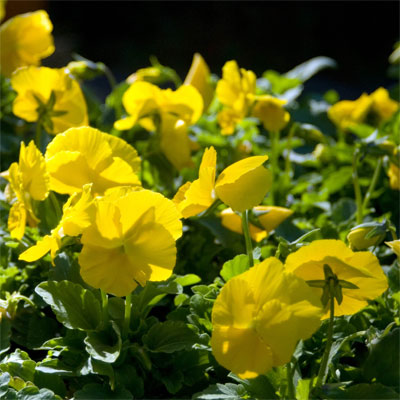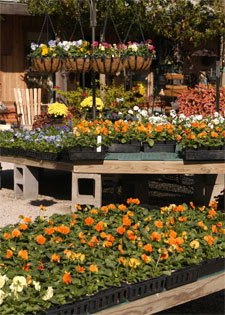Color In the Off Season

For the past 25 years, pansies have been the most-planted annual flowers in Texas. That’s partly because they’re super performers and it’s partly because we have fewer alternatives at this time of the year. Pansies are some of our finest sources of extended landscaping and container color in Texas. Best of all, that color comes when most people would least expect to see it – as early as fall, through the full extent of the winter and on into the spring.

Buy 4-inch potted pansy transplants, and look for plants that are stocky and full. Plant them in full sun and into soil that has been carefully prepared for them. Incorporate 4 to 5 inches of organic matter such as peat moss, compost, rotted manure and finely ground pine bark mulch. If you’re amending one of the famous Texas clays, include up to one inch of expanded shale or, if that’s not easily available, washed brick sand. However, these materials must be used in combination with the organic matter. The net result of your preparation will be a raised planting bed that will ensure good drainage. That’s critical to the health of your pansy plants.
Space your pansy transplants 10 to 12 inches apart in their beds. You’ll get the best overall floral display if you confine the planting to two or three harmonious colors rather than planting randomly mixed pansies. Water the plants deeply immediately after you set them out. Use a high-nitrogen plant food to nourish them. You can use a granular lawn fertilizer for sustained feeding, but you’ll get the quickest results if you apply a liquid, water-soluble fertilizer in a diluted solution each time that you water them.
Small- and medium-sized pansies and violas make the best landscaping show. While their individual flowers will be smaller than the giant types, they’ll produce several times as many blooms per plant. Many varieties are offered in almost any conceivable pansy color. Most are highly fragrant, much as their cousins our hardy violets.

